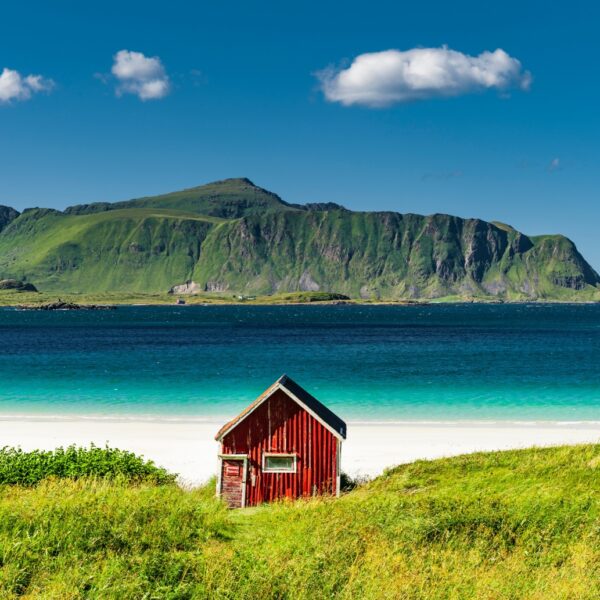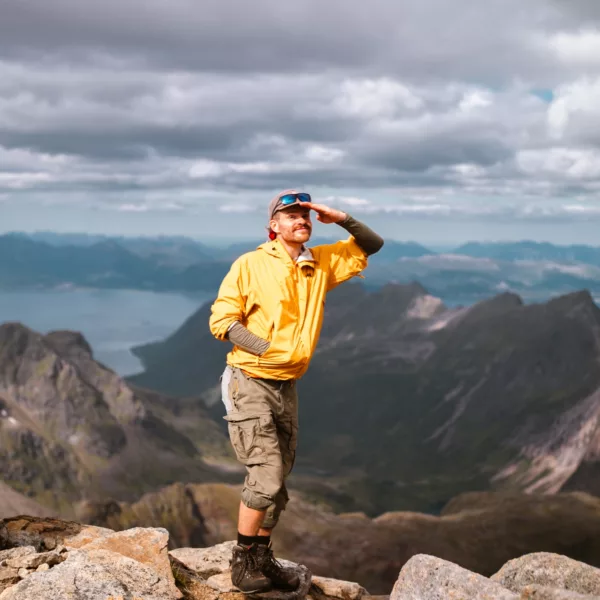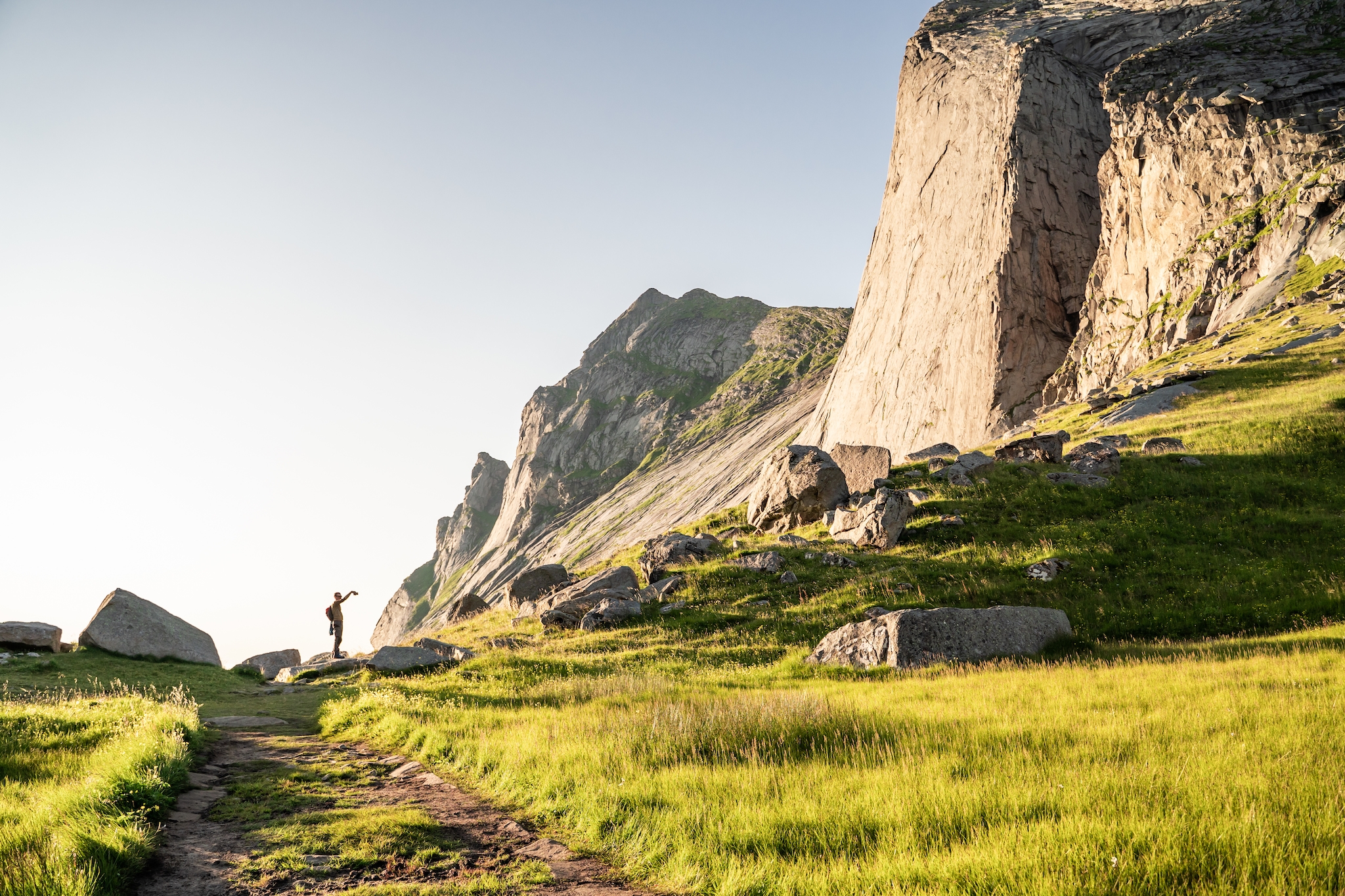So, You’ve Booked an Eco-Friendly Sailing Trip–Now What?
You’ve made a sustainable choice by booking an eco-friendly sailing holiday. But how can you keep riding the “green wave” and travel in a truly climate-smart way? Trygve Sunde Kolderup, author of Travel Better, shares his best tips.
“The motivation behind my book was simple—I love to travel and want to keep doing it. But I realized that we’re not paying enough attention to how we travel,” Kolderup explains. “We can’t keep traveling the way we’ve done in recent years.”
One of his key concerns is the impact tourism has on small local communities.
“It’s important that our travels leave a positive footprint,” he says.
Too easy to fly?
Kolderup isn’t out to “flight shame” anyone, especially when alternatives aren’t realistic. But he highlights a truth many of us feel: it’s just too easy to book a flight, and too hard to find sustainable alternatives.
“We often fly to places where we really don’t need to. The problem is that flying is still cheaper and easier than, say, taking the train—also within Norway,” he says.
At SeilNorge, this challenge is well understood. Still, we all need to do what we can. That’s why we’ve long encouraged guests to arrive by train. The feedback from those who have taken the long and bumpy road is surprisingly positive: the journey becomes part of the experience. It’s like a “mini-vacation” before the adventure even starts—and that it benefits the environment too feels good.
While writing this article, we decided to test how realistic it is to plan a green trip. Our goal: find an eco-friendly, affordable way to travel from Oslo to Bodø for a September sailing course. The result? A round-trip flight cost less than NOK 1,600 (~$150).
The train, however, presented hurdles: tickets can’t be booked more than 90 days in advance, and once you add a sleeper or reserved seat, the price climbs. It’s not only more expensive—it’s more complicated.
Still, travelers who choose the train say it’s worth it. Let’s look closer at why that is. Before the night train departs from Oslo to Trondheim you may take a stroll in the capital, and have dinner at a nice restaurant. Once on the train there’s also a cozy restaurant car where you can have a glass of wine before you get into the relaxing rhythm of slow travel and a good night sleep. From Trondheim, it’s just a short hop to catch the train to Bodø—where you can opt for first-class seats that come with free coffee, snacks, and stunning Arctic views as you cross the spectacular Saltfjellet mountain range.
40 Facts & Stats about Ocean Sustainability
A trip to the ocean, whether on a sailing trip or as part of a beach getaway, leaves most of us feeling refreshed. Holidays like this tend to have a replenishing impact, helping us to take our minds off our daily worries!
Here is an informative guide, with 40 facts about how marine and coastal tourism is affecting the environment, and advices on what we can do to be a more sustainable visitors.
Travel Slower. Stay Longer. Enjoy More.
Kolderup emphasizes the value of anticipation. Slower travel means you build excitement—and the trip itself feels more meaningful. In contrast, cheap flights to big cities often lead to impulse trips that cost more than you expect, both financially and environmentally.
“If you’re flying, the trip should have a clear purpose,” Kolderup says. “When you book on impulse, you rarely have time to truly enjoy it.”
Longer stays also reduce your overall carbon footprint. Kolderup recommends using a climate calculator—like klimatsmartsemester.se—to compare travel modes. The results can be eye-opening.
“SeilNorge’s trips align well with this approach. They last longer, they require preparation, and they create memories that last. Even if your journey here isn’t as green as you’d like, the trip itself is a sustainable choice.”
Be a Good Guest—Not a Tourist
Many of SeilNorge’s routes explore areas without mass tourism—small, vulnerable communities that rely on respectful visitors.
“If we want to be welcomed back, we need to behave respectfully,” Kolderup explains.
He cites backlash in places like Barcelona, where local frustration over overtourism has led to protests and graffiti urging tourists to go home.
“Your social footprint matters too. In small places, it’s crucial to support local businesses and be a considerate guest. Remember: people live full lives in the places you’re vacationing.”
The Green Shift Is Coming—But Not Fast Enough
Electric airplanes may sound exciting, but they’re not a practical reality yet. For now, traditional flights remain the most climate-intensive part of any trip.
“The journey to your destination often accounts for the majority of your carbon footprint,” Kolderup says.
Still, you don’t need to go to extremes. Even small changes make a difference.
“Maybe you can’t take enough time off to travel both ways by train. But what if you take the train one way? That way you may combine it with a great food stop along the way? It doesn’t have to be all-or-nothing—it’s about balance.”
Make Greener Choices Along the Way
There are plenty of ways to reduce your travel footprint—even if flying is unavoidable:
- Stay at climate-certified accommodations
- Eat more vegetarian meals
- Travel off-season to avoid overloading local infrastructure
Some destinations even offer rewards for eco-smart choices.
You can still stick to your budget—just spend your money where it supports both you and the local environment.
Trygve Kolderup
When done right, tourism can help local communities thrive. In some places, it’s what keeps the local café or restaurant open year-round—strengthening social life and the economy.
“We’re incredibly lucky to have the means to take these kinds of trips,” Kolderup reflects. “So let’s use that privilege to contribute to something good—wherever we go.”
Summer Trips
-
 Island Hopping & Festival SailingNOK 28.500
Island Hopping & Festival SailingNOK 28.500 -
 Best of Lofoten, across VestfjordenNOK 25.500
Best of Lofoten, across VestfjordenNOK 25.500 -
 Hike & Sail, Tromsø – LofotenNOK 25.500
Hike & Sail, Tromsø – LofotenNOK 25.500 -
 Hike & Sail, Lofoten – TromsøNOK 25.500
Hike & Sail, Lofoten – TromsøNOK 25.500 -
 Best of LofotenNOK 25.500
Best of LofotenNOK 25.500 -
 Sea & Mountain Sports WeekNOK 25.500
Sea & Mountain Sports WeekNOK 25.500
